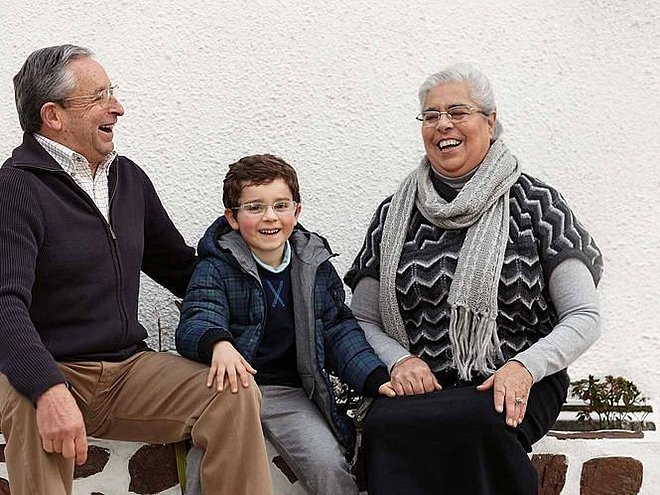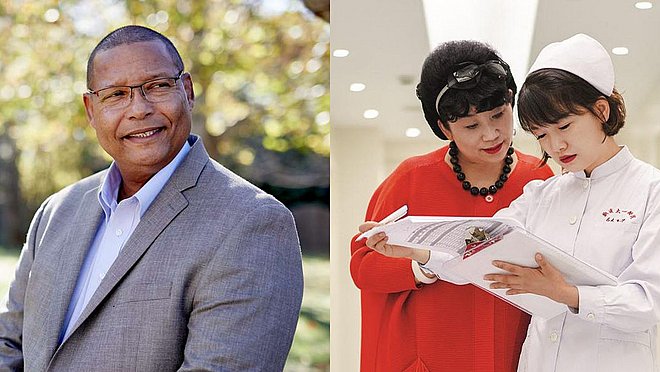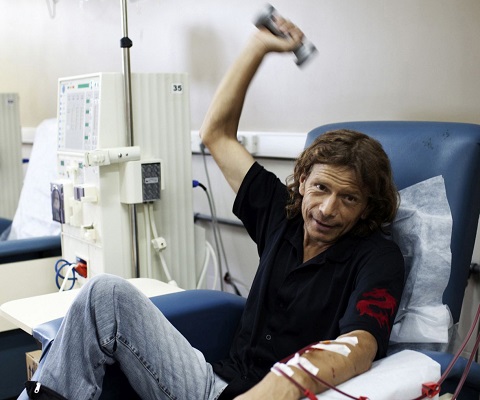
Leonardo used to watch TV while he was on dialysis. Today, he works out. After all, he needs to keep fit: despite his disease, he supports his five children and takes care of a few polo horses.
Rehabilitation and quality of life
It all started with a gardening project to teach patients how to grow their own fruit and vegetables. At the same time, they learned that gardening is good for the body and mind. Today, patients in Argentina even exercise during dialysis treatment. This story is about a project that literally set things in motion. Good ideas speak for themselves, as the following story shows. It began at Fresenius Medical Care in Argentina in summer 2004: the company came up with the idea of introducing exercise programmes in its clinics for patients on dialysis. The team from the Rehabilitation and Quality of Life department immediately started to put this idea into practice: they designed a three-month field test which was implemented in two clinics in cooperation with the local teams. To compile all the necessary data to support the decision whether to roll out the concept to other clinics and in what form, the project team collected data and conducted surveys among patients.
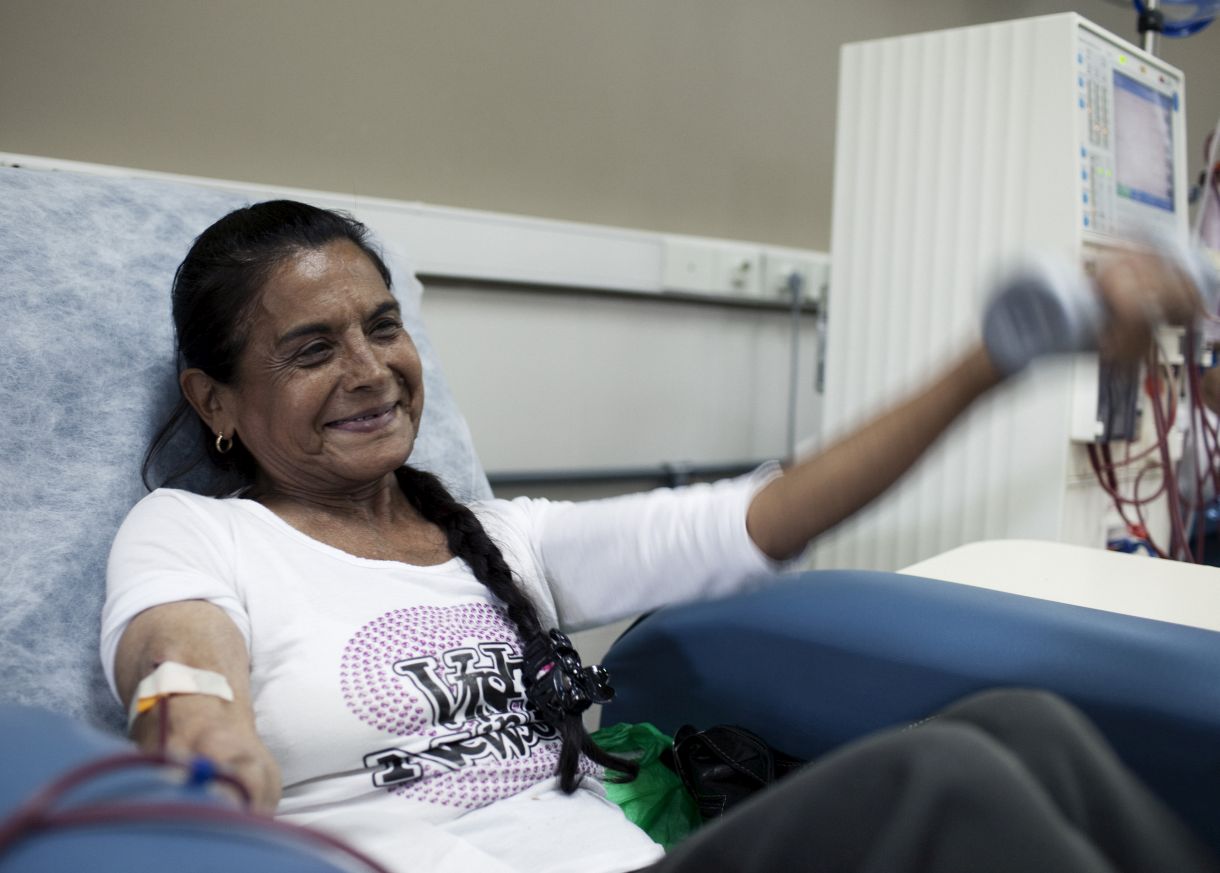
“Physical exercise has changed everything for me. Before, I could hardly walk, had no interest in anything, I couldn’t stand myself that way. Now I enjoy life again.” Reyna Castro, dialysis patient
A test turns into a countrywide project
By the time the trial run had been completed, the staff and patients at both clinics had already made up their minds: they liked it so much they did not want to stop. Rather, they asked whether the training programme could be extended. “That’s how the Fitness on Dialysis project started,” explains a smiling Marta Lugo, head of the project team. Many clinics run by Fresenius Medical Care throughout Argentina are now taking part. Thousands of patients have stretched elastic bands, lifted small weights or cycled to the sound of music while on dialysis. It’s not just a matter of getting patients to move, explains biochemistry and psychology graduate Marta Lugo: “What we really want to achieve with our project is to get patients actively involved. This should help them to get a grip on their own lives and take the initiative.”
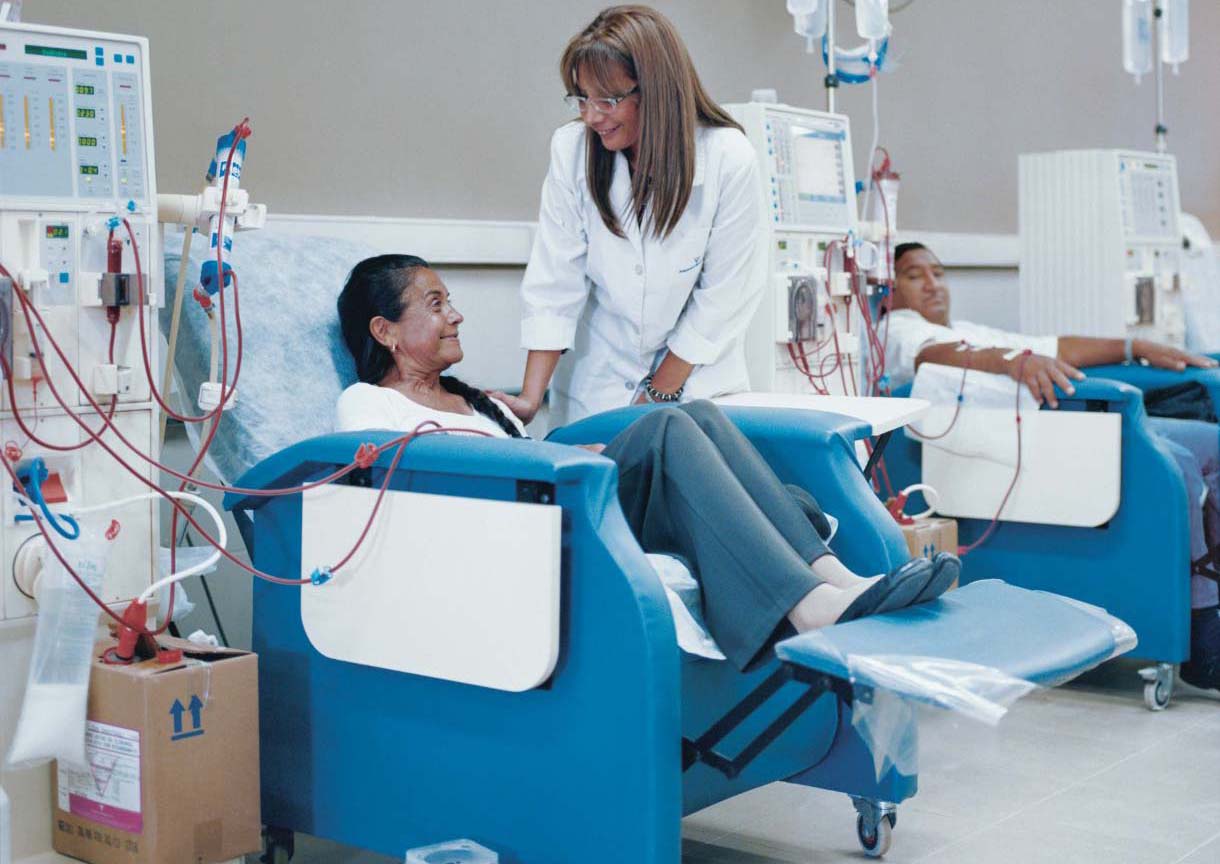
Liliana Pinelli, manager of the dialysis clinic in Pilar, is happy about the good atmosphere in the clinic since the sport project began.
Moving together
There is no doubt that at Fresenius Medical Care in Argentina, there is a lot to be said for combining dialysis and physical exercise. “You can tell simply from the change in patients’ moods,” explains Liliana Pinelli, Medical Director of the Company’s dialysis clinic in Pilar, 50 kilometres away from Buenos Aires. Here, as in other clinics, there is movement in dialysis, both literally and figuratively. Patients no longer sit watching television for hours, but are active, exercise together and talk to each other. They laugh, move their bodies, encourage one another and make jokes with the nurses, who often join in, too. “The clinic really comes to life,” as Liliana Pinelli puts it. “Because we are constantly in action, the time required for treatment passes much more quickly, and it’s fun,” explains 34-year-old Leonardo, lifting a small weight.
Published research also supports the beneficial effects of physical exercise during dialysis. It shows, for instance, that sport even increases the effectiveness of blood purification. There is also evidence that exercise acts as an anti-depressant as patients build up their energy and improve their overall fitness, giving them greater autonomy and confidence in their everyday lives. “This is why we encourage this programme,” says Gabriela Cannatelli, CEO of Fresenius Medical Care Argentina, “because it fits in perfectly with the basic idea of a therapy that centres on the patients and their needs.”
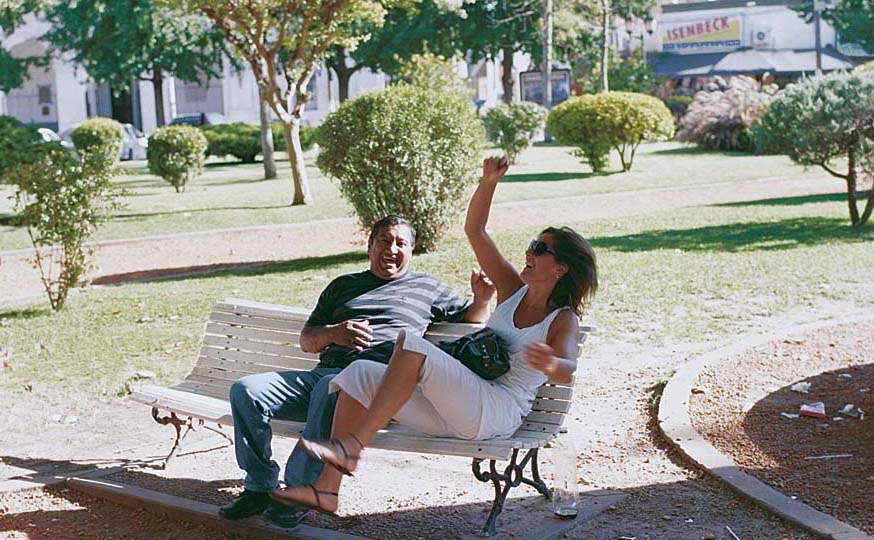
“What’s most important to me is that we are still able to do things, we are able to move and do exercises. I see this as very positive.” Luis Godoy, dialysis patient
More confidence and motivation
Getting this idea off the ground not only required the persuasion of patients and staff; it also needed a suitable instructor: someone who could look beyond the patients’ physical limitations and recognise the potential that even people with a serious illness have. Ezequiel Correas Espeche was the man for the job: a dedicated athlete, himself a former dialysis patient in a Fresenius Medical Care clinic who had received a donor kidney. He is one of the most experienced instructors involved in this project. “At the beginning, it was difficult to get patients motivated,” he remembers. “But it didn’t take long for them to start noticing improvements. All at once they really wanted to get moving and started to look after themselves and take more responsibility for their bodies.”
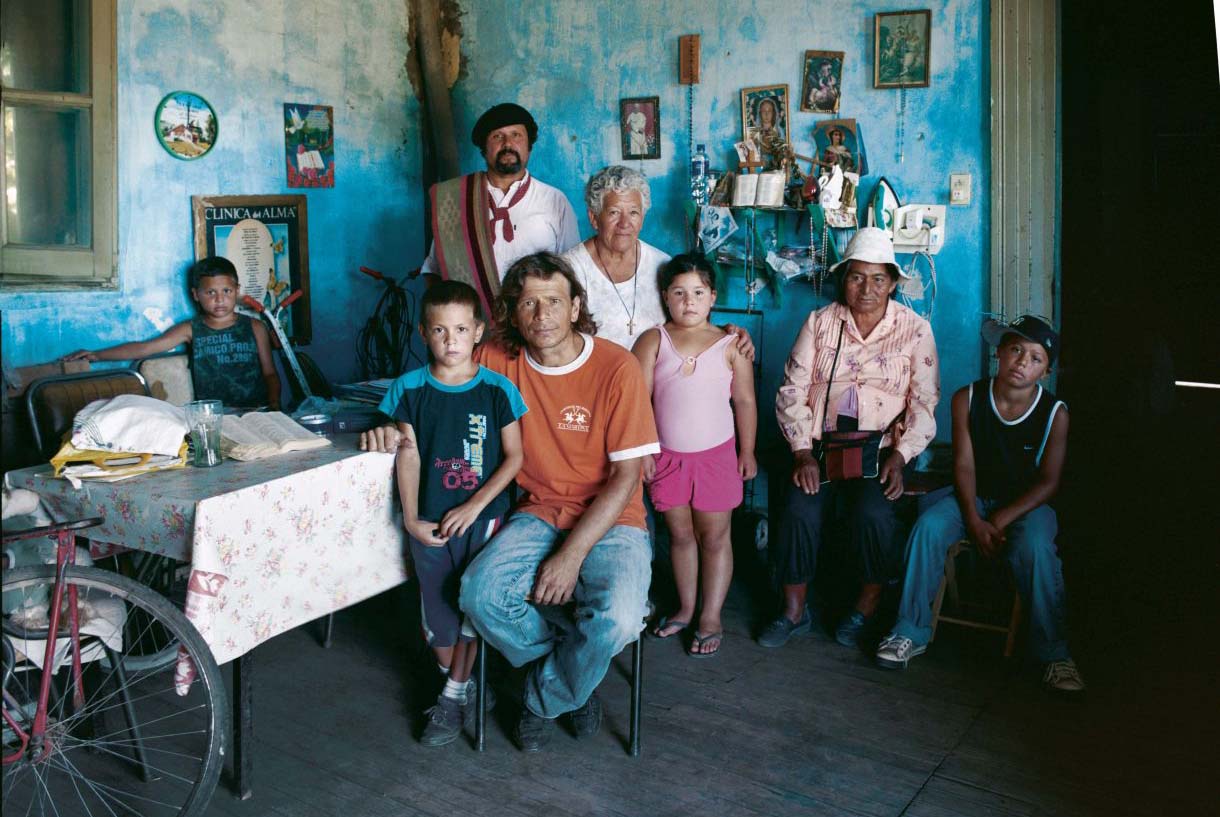
“I can tell the exercises are good for me, for my body as well as for my mind.” Leonardo Berthelot, dialysis patient
Team spirit
On this day, the lively Mariel Sosa is instructing the patients during treatment at the clinic in Pilar. Although they have different levels of physical fitness, all patients do the same exercises. Only the intensity varies. “That encourages team spirit and makes the group activity more fun,” explains Sosa. She describes the exercise routine as a kind of physiotherapy. What’s more, physical fitness can revive patients’ private lives. For example, they tell us that they played with their grandchildren for the first time in ages or that they carry on doing their exercises at home with their family or friends.
